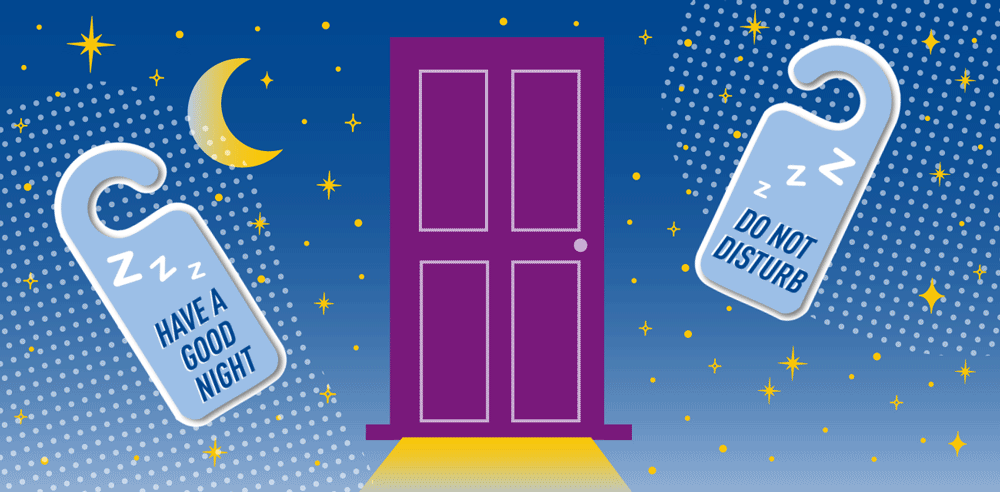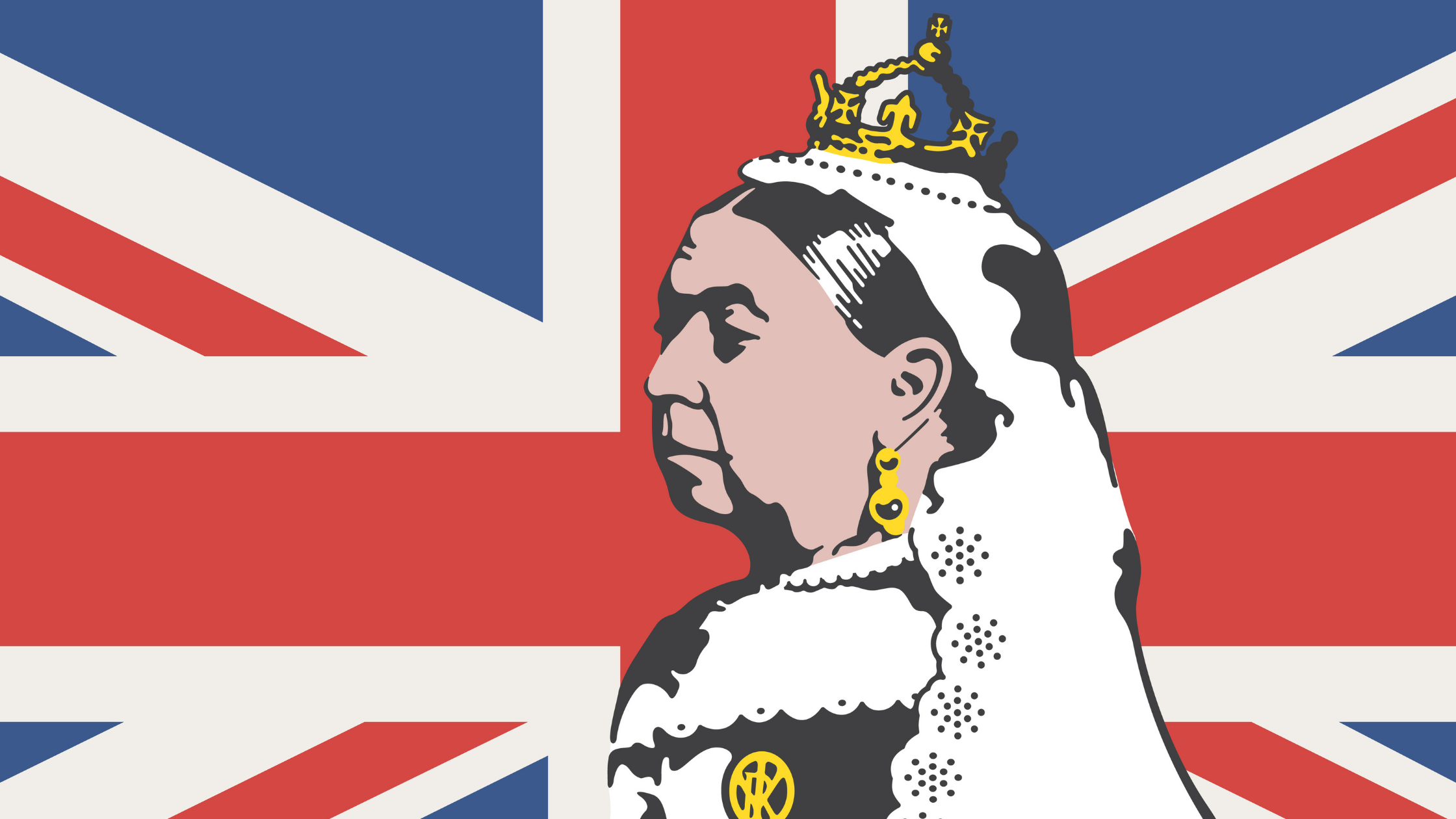Canada is known for having two official languages, English and French. There is a storied history that led to the enactment of the Official Languages Act. This act was introduced to Parliament by Prime Minister Pierre Trudeau on September 7, 1968, to help bridge equality between the two languages.
See how much your students know about the history of our official languages with these fun facts:
- During the late 19th and early 20th century, some provinces were making it difficult for Francophones to send their children to French schools. In Ontario, French schools were abolished in 1912, and Manitoba enacted the Manitoba Schools Act, which abolished French as an official language in the province.
- Prime Minister Pierre Trudeau introduced the Official Languages Act to parliament on October 17th, 1968, and the act was passed with full support by all federal parties on July 9th, 1969.
- The only province that has officially been bilingual since 1969 is New Brunswick.
- In 1988, the Official Languages Act was repealed and replaced by a new Official Languages Act. This was after the courts made a number of decisions clarifying the constitutional language rights in the Canadian Charter of Rights and Freedoms which made the act from ’69 obsolete.
- Though there was some pushback when it was initially announced, currently, 7 out of 10 Canadians are in favour of bilingualism, and 77% of Canadians believe that both official language groups should benefit from education that is of equal quality.





